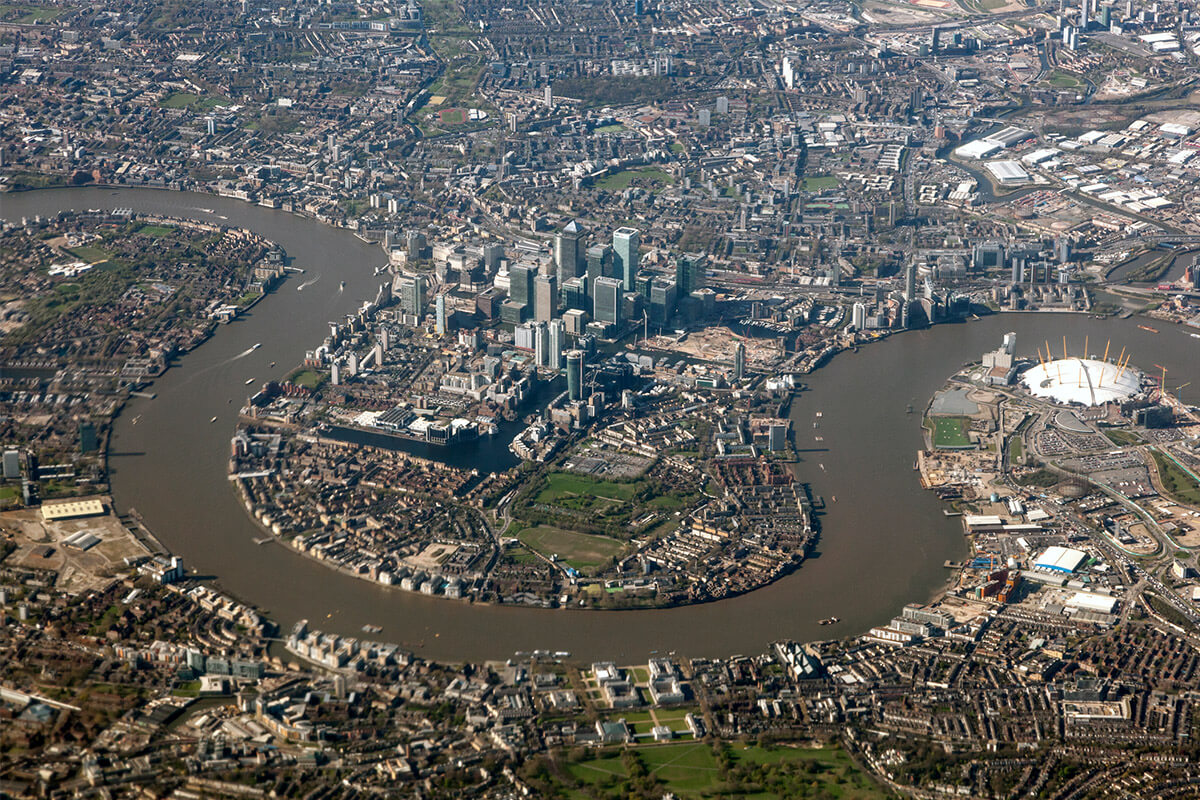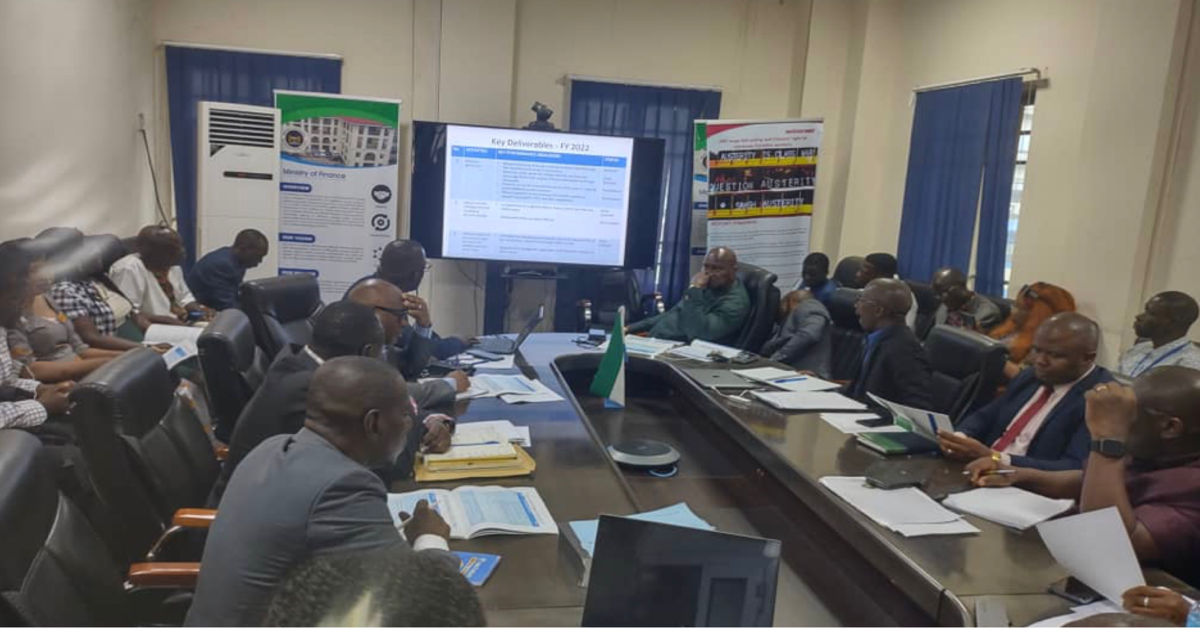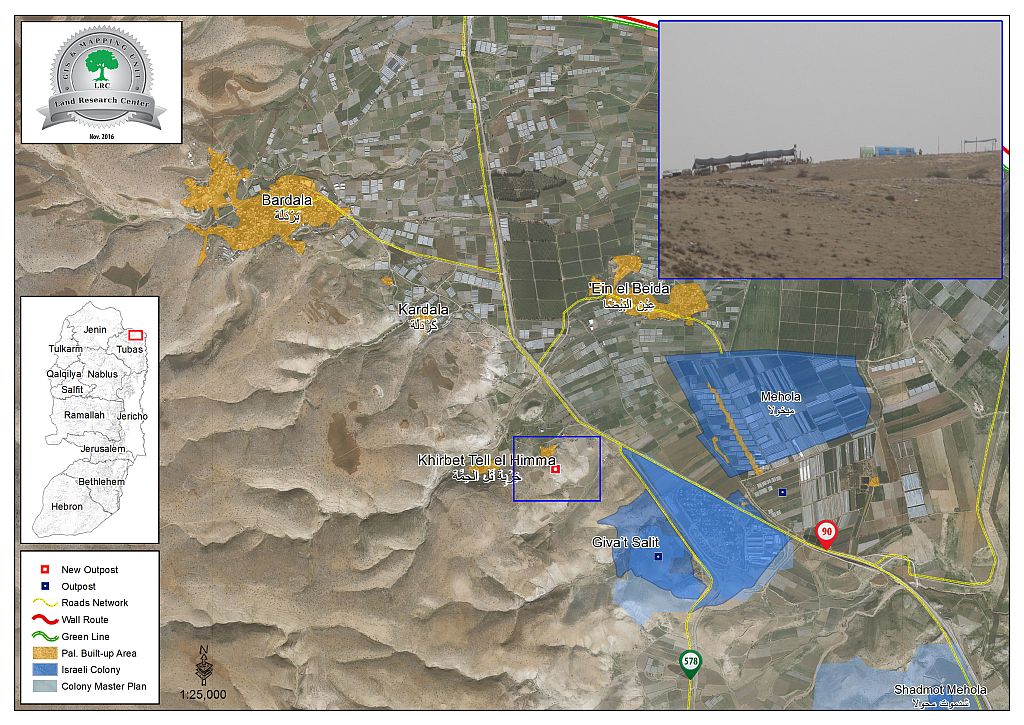Building Cooler Cities: The Role Of Advanced Materials In India's Urban Heat Challenge

Table of Contents
Understanding the Urban Heat Island Effect in India
The urban heat island (UHI) effect is a meteorological phenomenon where urban areas experience significantly higher temperatures than surrounding rural areas. In India, this effect is amplified by factors like dense populations, high building density, lack of green spaces, and the increasing use of dark-colored materials that absorb and retain heat. The consequences are severe:
- Increased mortality and morbidity due to heat stress: Heatstroke and other heat-related illnesses contribute to a significant number of deaths and hospitalizations, particularly among vulnerable populations.
- Reduced agricultural productivity in peri-urban areas: Elevated temperatures negatively impact crop yields and livestock production in areas surrounding cities.
- Increased energy consumption for cooling: Higher ambient temperatures lead to increased demand for air conditioning, placing a strain on energy resources and contributing to greenhouse gas emissions.
- Negative impact on air quality: Heat exacerbates air pollution levels, leading to respiratory problems and other health issues.
- Specific examples of Indian cities severely affected: Cities like Delhi, Mumbai, Chennai, and Ahmedabad regularly experience extreme heat waves, with temperatures significantly exceeding national averages, showcasing the intense urban heat island effect in India.
The Potential of Advanced Materials in Urban Heat Mitigation
Advanced building materials offer a powerful toolkit for mitigating the UHI effect. These materials can significantly reduce heat absorption and increase reflectivity, creating cooler and more comfortable urban environments.
-
Cool Roofs: Reflecting paints and high-albedo materials (like concrete with high reflectivity) are crucial for reducing heat absorption by rooftops. Lifecycle costs and performance comparisons are key factors for widespread adoption, demonstrating the long-term benefits of initial investments in sustainable building materials. These materials significantly reduce the temperature of the building and the surrounding environment, contributing to the reduction of the urban heat island effect in India.
-
Cool Pavements: Permeable pavements and light-colored materials not only reduce surface temperatures but also improve stormwater management, alleviating flooding issues common in many Indian cities. This dual benefit makes them an attractive solution, showcasing the interconnectedness of mitigating the urban heat island effect in India and improving infrastructure.
-
Building Envelope Materials: Employing insulating materials like aerogel and vacuum insulation panels, along with high-performance glazing and green walls/roofs, dramatically improves the thermal performance of buildings (measured by R-value and U-value). These building envelope materials minimize heat transfer, creating a more thermally stable environment inside, reducing the reliance on air conditioning systems.
-
Phase Change Materials (PCMs): PCMs absorb and release thermal energy, moderating temperature fluctuations within buildings. Their integration into building designs can further enhance thermal comfort and reduce energy consumption.
Case Studies: Successful Implementations of Advanced Materials in Indian Cities
Several Indian cities have successfully implemented projects utilizing advanced materials to combat the urban heat island effect.
- For instance, Ahmedabad has experimented with cool roofs in several residential and commercial buildings, recording notable temperature reductions. Specific projects and their locations, along with quantifiable temperature reductions, can provide further examples.
- Similarly, initiatives in Delhi have focused on cool pavements in selected areas, showcasing the positive impact on pedestrian comfort and stormwater management. Documenting challenges faced, such as material cost, durability, and procurement, and the lessons learned are important aspects for future projects.
Policy and Implementation Strategies for Widespread Adoption
The widespread adoption of advanced materials requires a concerted effort from policymakers, the construction industry, and the public.
- Building codes and standards: Incorporating thermal performance requirements into building codes is essential to mandate the use of cool materials in new constructions.
- Financial incentives and subsidies: Governments can provide financial incentives and subsidies to encourage the adoption of advanced materials, especially for low-income housing projects.
- Public awareness campaigns: Educating citizens about the benefits of cool materials and their role in mitigating the urban heat island effect is crucial for fostering public acceptance.
- Collaboration: Collaboration between researchers, policymakers, and the construction industry is essential for developing and implementing effective strategies.
Challenges and Future Directions in Advanced Material Research for Urban Cooling
Despite their potential, several challenges remain in the wider adoption of advanced materials for urban cooling.
- Durability and lifespan: Ensuring the durability and lifespan of materials in harsh Indian climatic conditions is a significant concern.
- Cost-effectiveness and scalability: The cost-effectiveness and scalability of advanced material solutions need to be improved for widespread implementation.
- Locally sourced and sustainable materials: Research is needed to develop locally sourced and sustainable materials that are both cost-effective and environmentally friendly.
- Life Cycle Assessment (LCA): Conducting comprehensive LCAs of different materials is critical for assessing their overall environmental impact.
Conclusion
Addressing the urban heat island effect in India is crucial for creating healthy and sustainable cities. Advanced building materials offer a powerful solution, contributing significantly to improving public health, reducing energy consumption, and mitigating the environmental impact of urban heat. The key benefits include improved public health outcomes, reduced reliance on energy-intensive cooling systems, and overall environmental sustainability. We must encourage readers, policymakers, and researchers to embrace innovative solutions and advocate for the wider adoption of advanced materials in urban development. Invest in research and development for more sustainable and cost-effective solutions for building cooler cities and mitigating the urban heat island effect in India. Let's work together to build a cooler, healthier future for India's urban populations.

Featured Posts
-
 Faktor Faktor Yang Mempengaruhi Harga Jual Kawasaki Z900 Dan Z900 Se Di Indonesia
May 30, 2025
Faktor Faktor Yang Mempengaruhi Harga Jual Kawasaki Z900 Dan Z900 Se Di Indonesia
May 30, 2025 -
 Sierra Leone Immigration Chief Sacked Details Emerge
May 30, 2025
Sierra Leone Immigration Chief Sacked Details Emerge
May 30, 2025 -
 Jacob Alon Potential And Promise In Industry
May 30, 2025
Jacob Alon Potential And Promise In Industry
May 30, 2025 -
 Alastytan Waljdar 13 Hya Flstynya Tthwl Ila Mstemrat Israyylyt
May 30, 2025
Alastytan Waljdar 13 Hya Flstynya Tthwl Ila Mstemrat Israyylyt
May 30, 2025 -
 Excessive Heat Warnings Why Your Forecast Might Be Missing Them
May 30, 2025
Excessive Heat Warnings Why Your Forecast Might Be Missing Them
May 30, 2025
